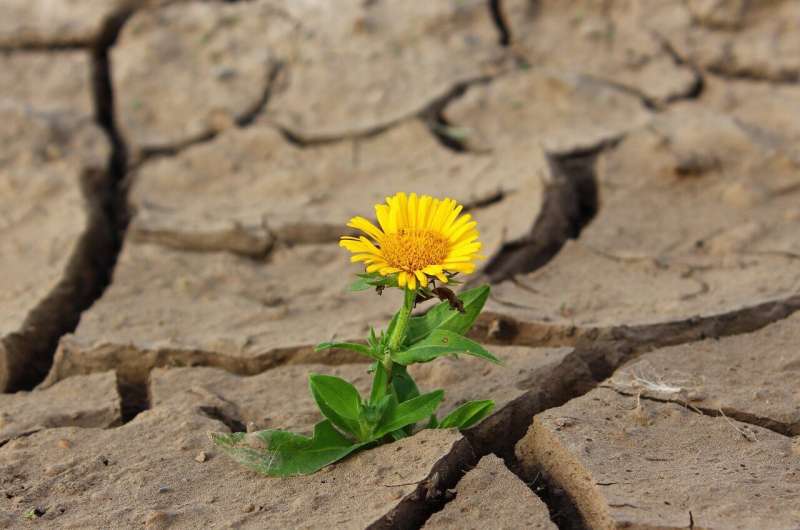At what temperature does the weather become a problem?

When extreme heat becomes more frequent and temperatures remain high for extended periods of time, as it is currently the case in Canada and the American Northwest, physiological stress increases in humans, animals and crops. Prof. Senthold Asseng, director of the World Agricultural Systems Center at the Technical University of Munich (TUM), provides an overview of thresholds and adaptation strategies.
“We have studied which temperatures are preferable and which are harmful in humans, cattle, pigs, poultry, and agricultural crops and found that they are surprisingly similar,” says Senthold Asseng, Professor of Digital Agriculture at TUM. According to the study, preferable temperatures range from 17 to 24 degrees Celsius.
When does it become too hot for humans?
At high humidity, mild heat strain for humans begins at about 23 degrees Celsius and at low humidity at 27 degrees Celsius. “If people are exposed to temperatures above 32 degrees Celsius at extremely high humidity or above 45 degrees Celsius at extremely low humidity for a lengthy period of time, it can be fatal,” says Prof. Asseng. “During extreme heat events with temperatures far above 40 degrees Celsius, such as those currently being observed on the U.S North West Coast and in Canada, people require technical support, for example in the form of air-conditioned spaces.”
To mitigate increasing heat strain, Prof. Asseng cites a variety of strategies, including increasing natural shade from trees or structural shading. Cities and buildings can be made more temperature-passive, for example, by using roof and wall insulation or by using lighter, reflective roof and wall colors to reduce heat strain.
How do high temperatures affect livestock?
In cattle and pigs, heat strain occurs at 24 degrees Celsius with high humidity and at 29 degrees Celsius with low humidity. The milk yield from cows can decrease by 10 to 20 percent when exposed to heat stress, and the fattening performance in pigs is also reduced. The comfortable temperature range for poultry is 15 to 20 degrees. Chickens experience mild heat strain at 30 degrees Celsius. At 37 degrees Celsius and above, they experience severe heat stress and their egg laying rate declines.
Heat stress overall leads to reduced growth in cattle and dairy cows, pigs, chickens and other livestock, which means both lower yields and reproductive performance. “There are examples of evolutionary adaptations to warm weather in terrestrial mammals. Transylvanian naked chickens are more heat tolerant than other varieties of chickens because of a complex genetic mutation that suppresses feather growth. They are naturally air-conditioned because they lack feathers on their necks,” says Prof. Asseng.
How do crops react to high temperature?
“In crops, the optimal temperature zone and temperature thresholds seem to be more diverse due to differences between species and varieties,” explains Prof. Asseng.
Cold-temperate crops such as wheat, for example, do better at cooler temperatures, while warm-temperature crops such as corn are sensitive to frost but can tolerate warmer temperatures. Strategies to reduce heat stress in crop production include changes in planting dates to avoid heat stress later in the season, irrigation (if feasible), switching to more heat-resistant crops, and breeding to increase heat tolerance.
How is climate change affecting life on Earth?
“By the end of the century, 45 to 70 percent of the global land area could be affected by climate conditions in which humans cannot survive without technological support, such as air conditioning. Currently, it’s 12 percent,” says Prof. Asseng. This means that in the future, 44 to 75 percent of the human population will be chronically stressed by heat. A similar increase in heat stress is expected for livestock, poultry, agricultural crops and other living organisms.
Source: Read Full Article
